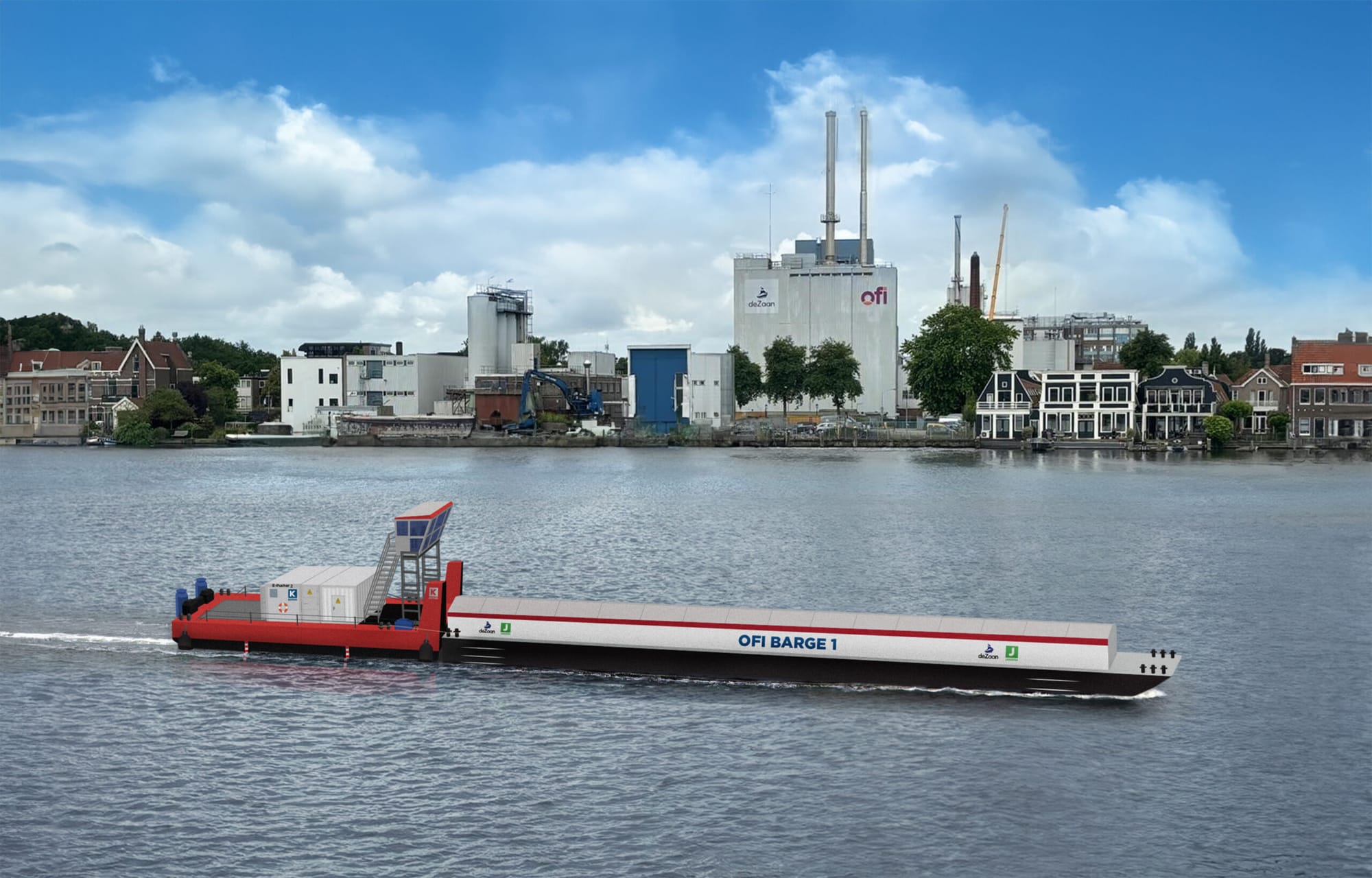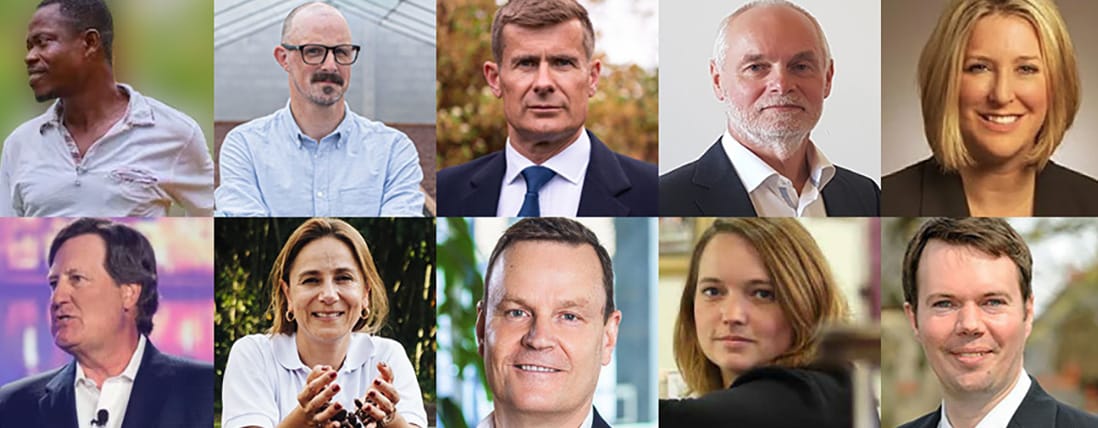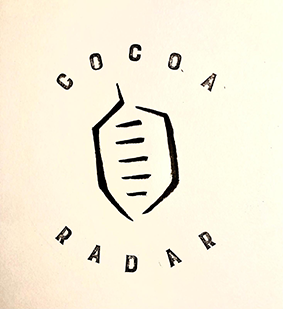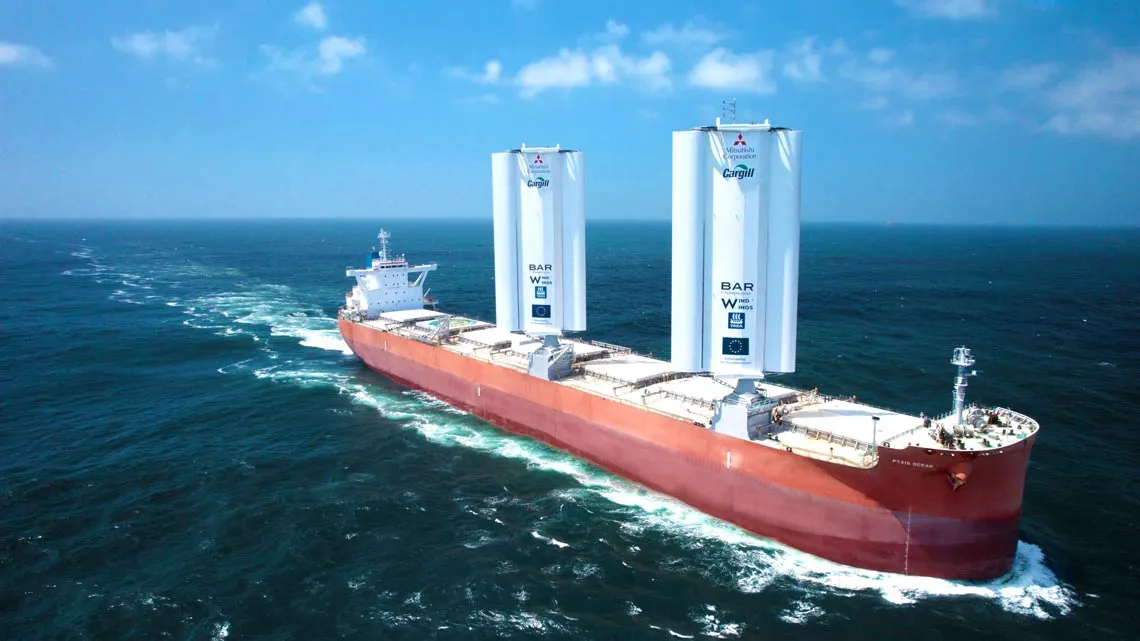Until 60 years ago, most of the cocoa imported from West Africa to Rowntree’s chocolate factory in York (now owned by Nestlé) would have arrived by boat via Amsterdam and Hull. From there, the beans were loaded onto a barge and taken up the River Ouse to Rowntree’s Wharf in the city centre before making the short journey by truck to the factory on the other side of town.

By the 1970s, road transport, and to an extent airfreight, had replaced oceanic and river transport for most industries. However, a renewed interest in utilizing renewable energy to transport goods globally exists.
Late last year, cocoa supplier ofi announced a new partnership with KOTUG and Jansma Shipping to implement a new electric E-Pusher and barge combination for sustainable cocoa transportation between the Port of Amsterdam and ofi’s Koog aan de Zaan and Wormer factories in the Netherlands, reducing emissions and noise pollution.
KOTUG’s E-Pusher, equipped with state-of-the-art technology and cutting-edge propulsion systems, works to provide cleaner and quieter transport of ofi's cocoa.

Working alongside the E-Pusher, retrofit push barges transformed by Jansma Shipyard from diesel vessels further enhance sustainability. These barges have been converted into pusher barges, further extending their lifecycle and contributing to a circular economy.
Sustainable cocoa transportation
When they become operational in 2025, new electric E-Pushers and barges will supercharge Ofi’s sustainable cocoa transportation in the Netherlands.

Eric Nederland, ofi head of engineering EMENA and Africa, said: “We are proud to be at the forefront of sustainable logistics in the Netherlands, utilizing this new electric transport combination for our cocoa transit in the country.
“This initiative further underscores our work preserving the environment and the communities in which we operate.”
Wind-assisted propulsion is gaining momentum in the shipping industry as a viable strategy to reduce fuel consumption and lower greenhouse gas (GHG) emissions. By harnessing wind energy, vessels can supplement traditional propulsion methods, providing significant environmental and economic benefits.
Last year, Cargill (which operates a large warehouse at the Port of Amsterdam) shared the outcome of Pyxis Ocean, the world’s first wind-powered ocean vessel’s maiden voyage.
Findings reveal significant fuel savings, underscoring the potential for wind-assisted propulsion to support the shipping industry’s decarbonization efforts.
Renewable energy use
The exciting results of the six-month test period underscored the potential for wind-assisted propulsion technology to move the shipping industry toward renewable energy use.
The MC Shipping Kamsarmax vessel, retrofitted with two WindWings—large solid wind sails developed by BAR Technologies—achieved performance consistent with the prediction, equivalent to an average of 3 tonnes of fuel per day.
“We are encouraged by the results and have learned a great deal about implementing wind-assisted propulsion on dry bulk vessels,” said Jan Dieleman, president of Cargill’s Ocean Transportation business.
“We could never have done this alone – BAR Technologies and MC Shipping have been fantastic partners in making the Pyxis Ocean a reality, as well as the captain and crew.
“We are on the leading edge of change in the shipping industry and believe technologies that harness the wind could be an important, cost-effective way to achieve our decarbonization goals in the short, medium, and long term.”
The early voyages have provided insight into more than just the application of the sails on a vessel; it has also highlighted broader logistical challenges in the global maritime system. Given that every port, terminal, and berth is different, their involvement is critical for integrating Wind Assisted Propulsion (WAP) technology into the global maritime system on a broader scale.
Cargill said it will continue testing and experimenting with the operational, technical, and commercial aspects of the Pyxis Ocean to incorporate the maximum amount of learning into the potential design of future installations before scaling up.
Chocolatiers with wind in their sails
As the maritime industry continues to innovate, wind-assisted propulsion is poised to play a crucial role in decarbonizing transport. Paris-based chocolatier Dos Rocas welcomes this development.
Nicolas Kleen-Deroche, a chocolatier and entrepreneur, established the company four years ago. In the future, he plans to import his cocoa by sailing ship and use only electric trains or horse-drawn carts for overland journeys.
“My dream is to run a company as I wanted. That means a lot of ecology, core responsibilities, nice ingredients, and respect for human rights,” he said.
The company works with Lök Foods and sources its cocoa directly from Colombia. The rest of the ingredients—nuts, hazelnuts, almonds, and prunes—originate exclusively from France.
Kleen-Deroche says the company’s packaging is reusable instead of recyclable and he delivers his chocolate by bike in Paris.
"It’s a mechanical bike because I try to have the lowest impact on the earth possible. I deliver myself. It's pretty exhausting but very interesting because I make the chocolate. Still, I also encounter customers so that I can speak with them—and it's really interesting for me,” he said.
From the Caribbean to The Rhine
Swiss organic cocoa processer Pronatec is already positively impacting its carbon footprint by ensuring most of its beans from Latin America are delivered on boats via ports in the EU and transported onwards up the River Rhine or by rail to Weil am Rhein near Basel.
From there, it travels by truck to Eggingen (Germany) before finally being taken to its production facility in Bernigen, near the company’s headquarters in Winterthur Switzerland.
A spokesperson said that this largely environmentally friendly transportation system has enabled the company to reduce the carbon footprint of its cocoa products.
Challenges and future outlook for maritime wind-assisted propulsion
Despite the promising advancements, several challenges hinder widespread adoption:
- Initial Investment: The upfront costs for installing wind-assisted technologies can be substantial, which can be a barrier for some shipowners.
- Operational Constraints: Factors such as route suitability, wind availability, and potential interference with cargo operations need to be carefully considered.
Still, ongoing research and development and supportive regulatory frameworks pave the way for broader implementation.
The International Maritime Organization’s (IMO) targets for reducing GHG emissions have spurred interest in sustainable technologies, including wind-assisted propulsion. As the industry continues to innovate, wind-assisted propulsion is poised to play a crucial role in decarbonizing maritime transport, which could ultimately lead to a more sustainable cocoa supply chain.
- The Amsterdam Sustainability Conference is part of Amsterdam Cocoa Week, which runs from 4 February to 9 February. See the website for information and book tickets on all events.
Official: The Top 10 Most Influential People in Cocoa & Chocolate 2024

It's the list the industry has been waiting for. Have we missed anyone? Subscribe to see the results and give your opinion and feedback


